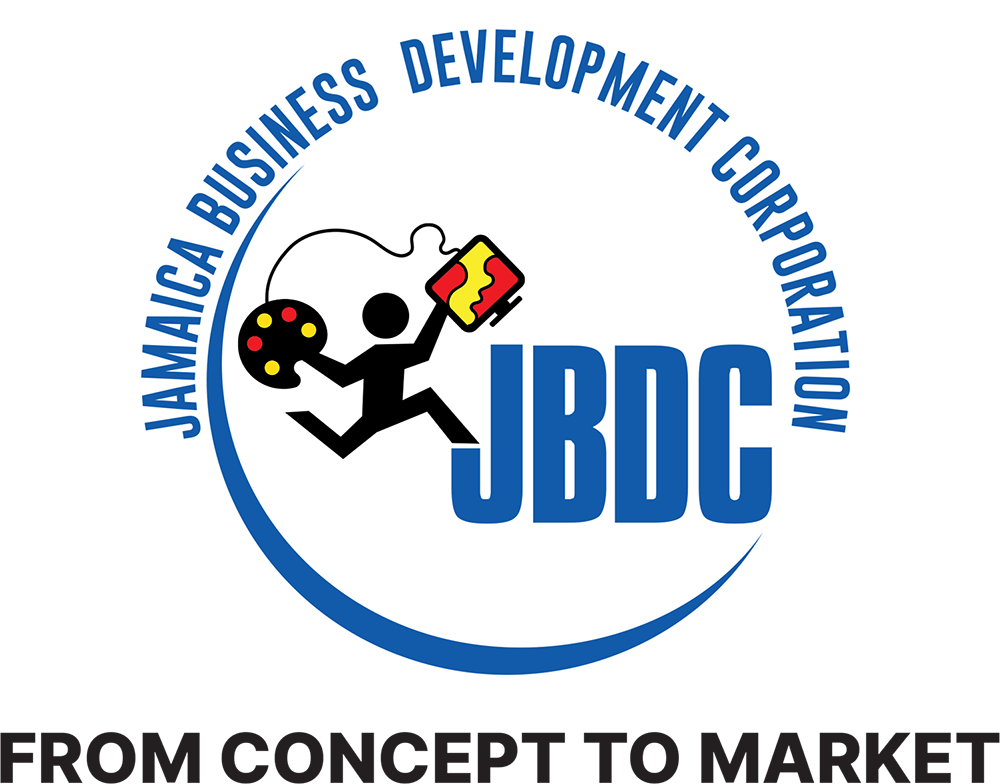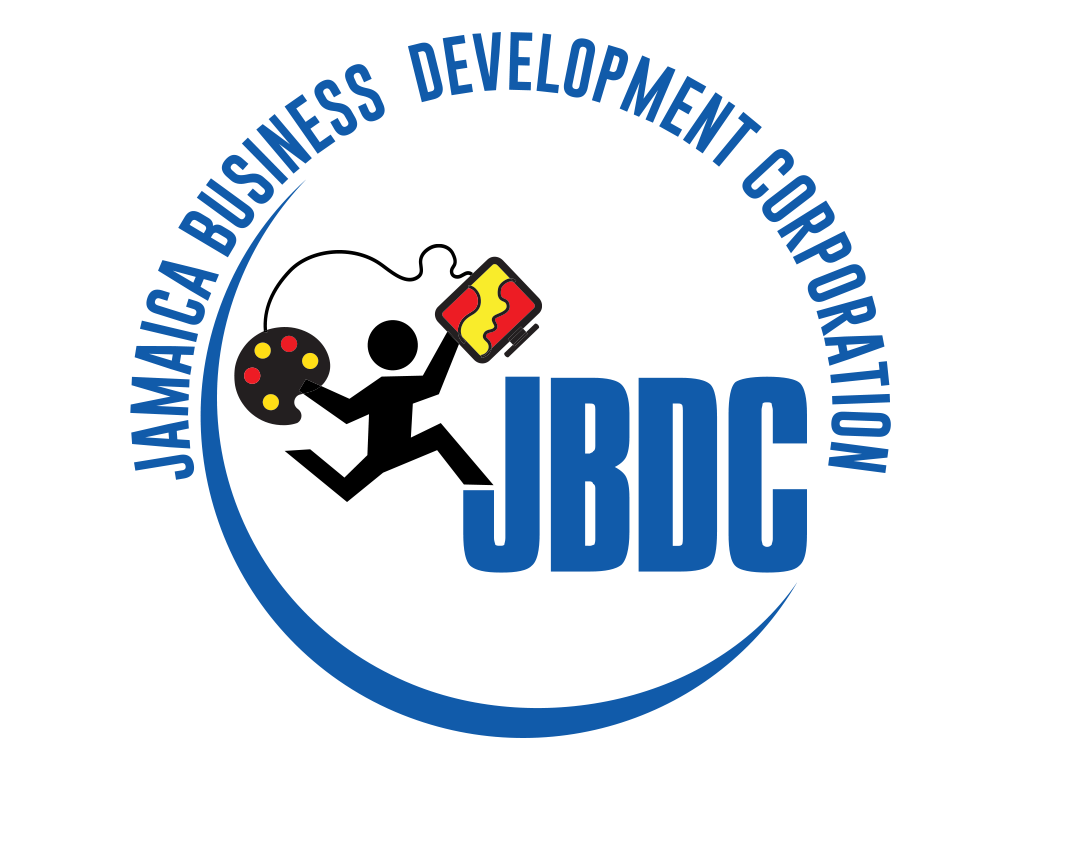The ecommerce business model is becoming increasingly popular. Catalysed by the Covid-19 pandemic, the digitalisation of several areas of commerce continues. Forbes defines e-commerce as, “the exchange of goods and services and the transmission of funds and data over the internet”. E-commerce relies on technology and digital platforms, including websites, mobile apps and social media to make buying and selling possible. One of the key considerations for an online business is how you will receive payments.
Choosing the right e-commerce payment system is crucial for the success of your online business. It affects not only your operational efficiency but also customer satisfaction and trust. In this week’s Entrepreneur Weekly, we will explore various types of online payment options and key factors to consider when selecting the most suitable system for your E-commerce business.
This is evidence that e-commerce is here to stay – According to the 2020 Annual Retail Trade Survey (ARTS), e-commerce sales in the United States increased by US$244.2 billion or 43% in 2020, the first year of the pandemic, rising from US$571.2 billion in 2019 to US$815.4 billion in 2020. Forbes indicates that in 2020 alone, global e-commerce sales topped US$4.2 trillion.

TYPES OF ONLINE PAYMENT SYSTEMS
-
- Credit Cards: This is one of the most common and globally accepted payment methods. Customers enter their credit card details during checkout to complete their purchases. Major credit cards include Visa, MasterCard, and American Express.
-
- Bank Transfers: Also known as electronic funds transfers (EFTs), this method allows customers to pay directly from their bank accounts. It’s commonly used for larger transactions. Services like ACH (Automated Clearing House) facilitate these types of transfers.
-
- Digital Wallets: These are online services that allow users to store money and make transactions online and in-store through a mobile device. Popular digital wallets include PayPal, Apple Pay, Google Wallet, and Samsung Pay.
-
- Mobile Payments: These payments are made through mobile payment apps on a smartphone. They can be linked to bank accounts, credit cards, or digital wallets. Examples include Apple Pay, Google Pay, and WeChat Pay.
-
- COD (Cash on Delivery): This option allows customers to pay for goods at the time of delivery rather than in advance. This is particularly popular in regions where digital payments are less common.
-
- Cryptocurrency: Some e-commerce platforms now accept cryptocurrencies like Bitcoin, Ethereum, and others as a form of payment. This method offers high security and low transaction fees but is not yet widely adopted.

FACTORS TO CONSIDER WHEN CHOOSING A PAYMENT SYSTEM
-
- Customer Preferences: Understand the preferred payment methods of your target market. Different regions and demographics might favour different payment options. Offering the preferred methods can enhance the customer experience.
-
- Transaction Fees: Each payment method comes with its own set of fees. Consider the transaction fees associated with each payment option and how they impact your pricing and margins.
-
- Security: This is crucial, as handling payments involves sensitive customer information. Ensure that the payment system complies with security standards to protect against data breaches and fraud.
-
- Integration and Compatibility: The payment system should integrate seamlessly with your existing e-commerce platform. Compatibility issues can lead to poor user experiences and increased cart abandonment rates.
-
- Ease of Use: The simpler the payment process, the better the user experience. Complex procedures can deter customers from completing a purchase.
-
- Availability and Reliability: Look for payment systems known for their reliability and uptime. Frequent downtimes can lead to lost sales and negatively impact your business reputation.
-
- Support for Mobile Payments: With the increase in mobile shopping, ensure that the payment system is optimised for mobile devices, providing a smooth payment experience.
-
- Customer Support: Good customer support from your payment system provider can be crucial, especially during transaction issues or disputes.
-
- Scalability: As your business grows, your payment system should be able to handle increased transactions without performance issues.

MARKET ACCESS IN-STORE AND ONLINE
The Jamaica Business Development Corporation (JBDC) offers a host of services to take Micro, Small & Medium-sized Enterprises (MSMEs), embodying the tagline “From Concept to Market”. Along with business development services, the agency has a team of highly engaged experts who through a thorough screening process, assess a product’s strengths and weaknesses to guide clients to prepare their products/services for the market.
Valuable feedback and tips are provided by the Marketing Officers after each screening until the product is ready for the shelves. But it doesn’t end there. JBDC provides Market Access for thousands of authentic Jamaican products through the Things Jamaican™ retail store chain and e-commerce website www.thingsjamaicanshopping.com.
One More Thing…
Author










